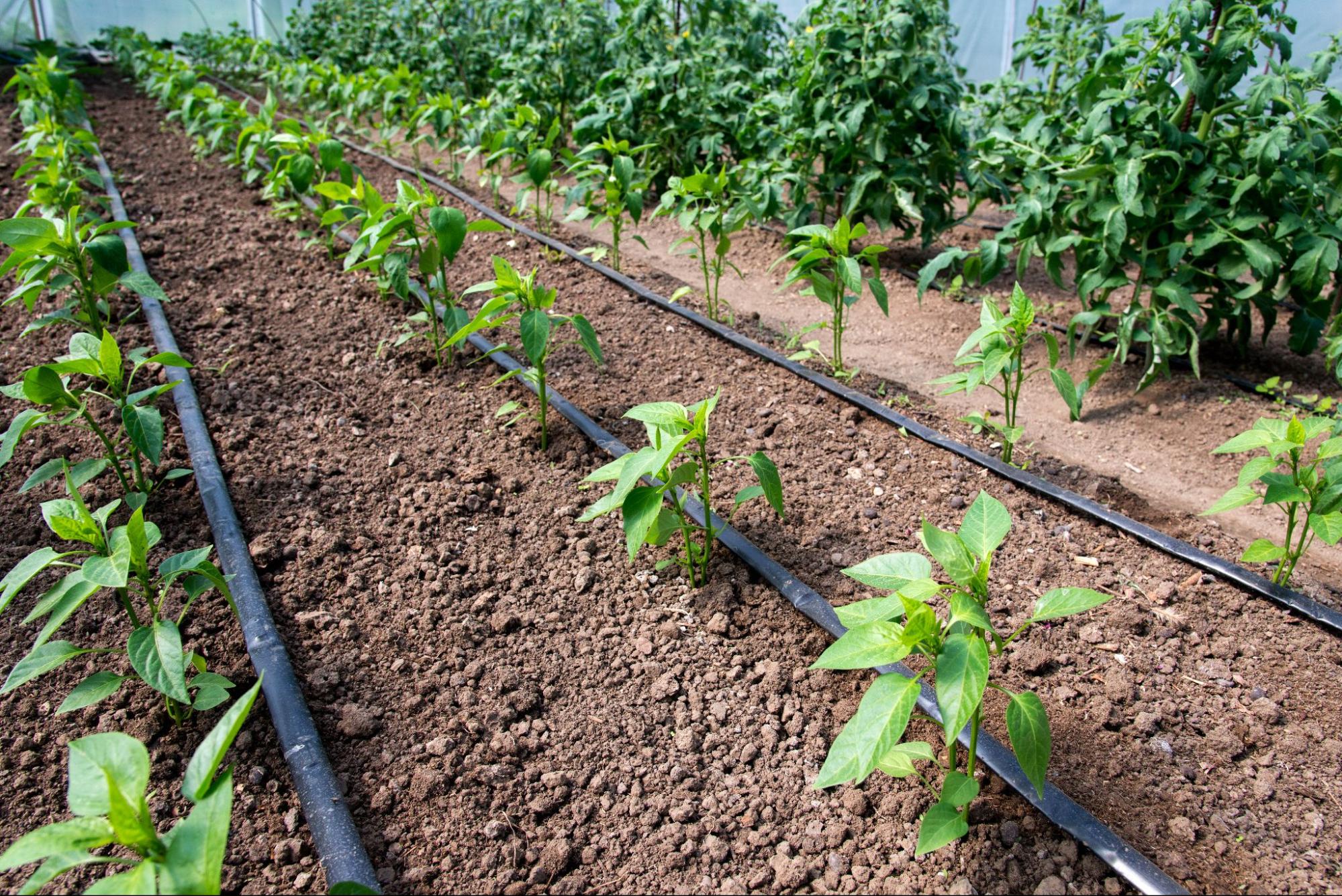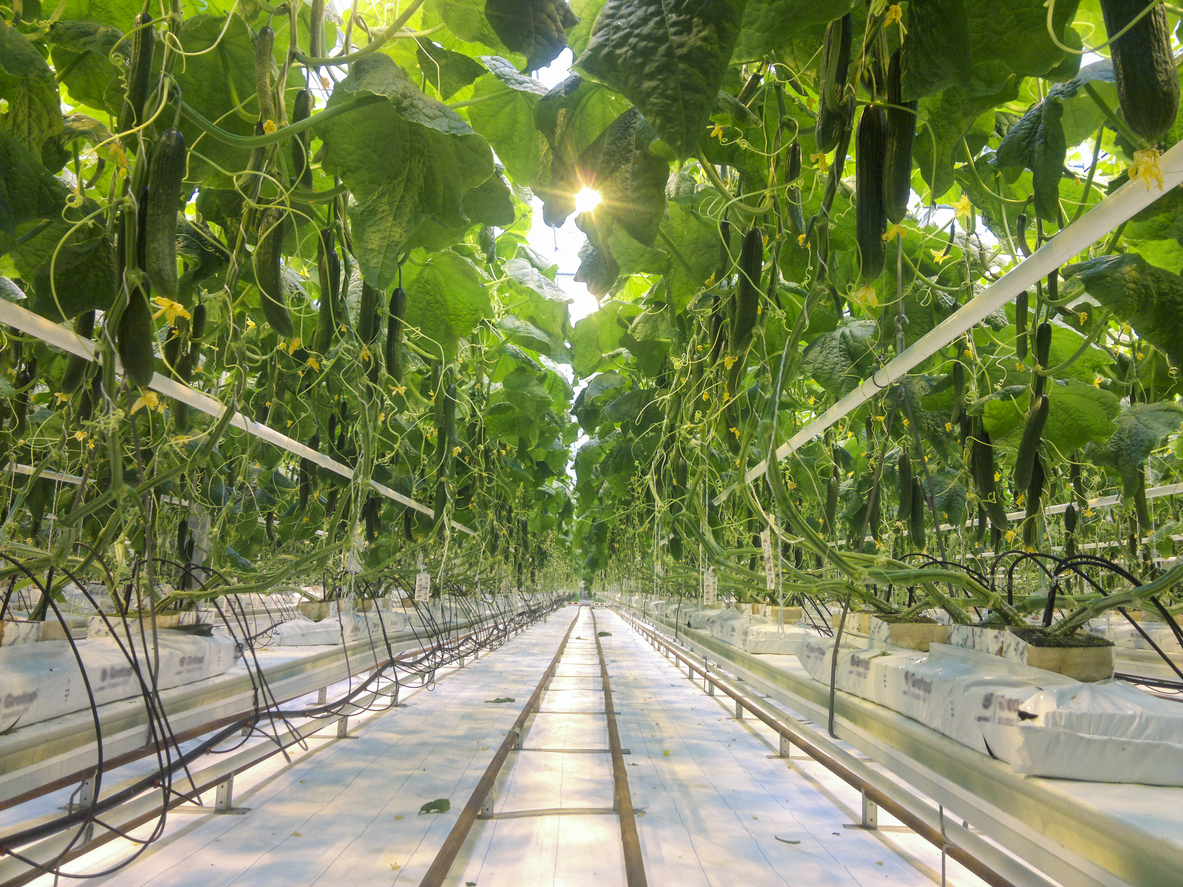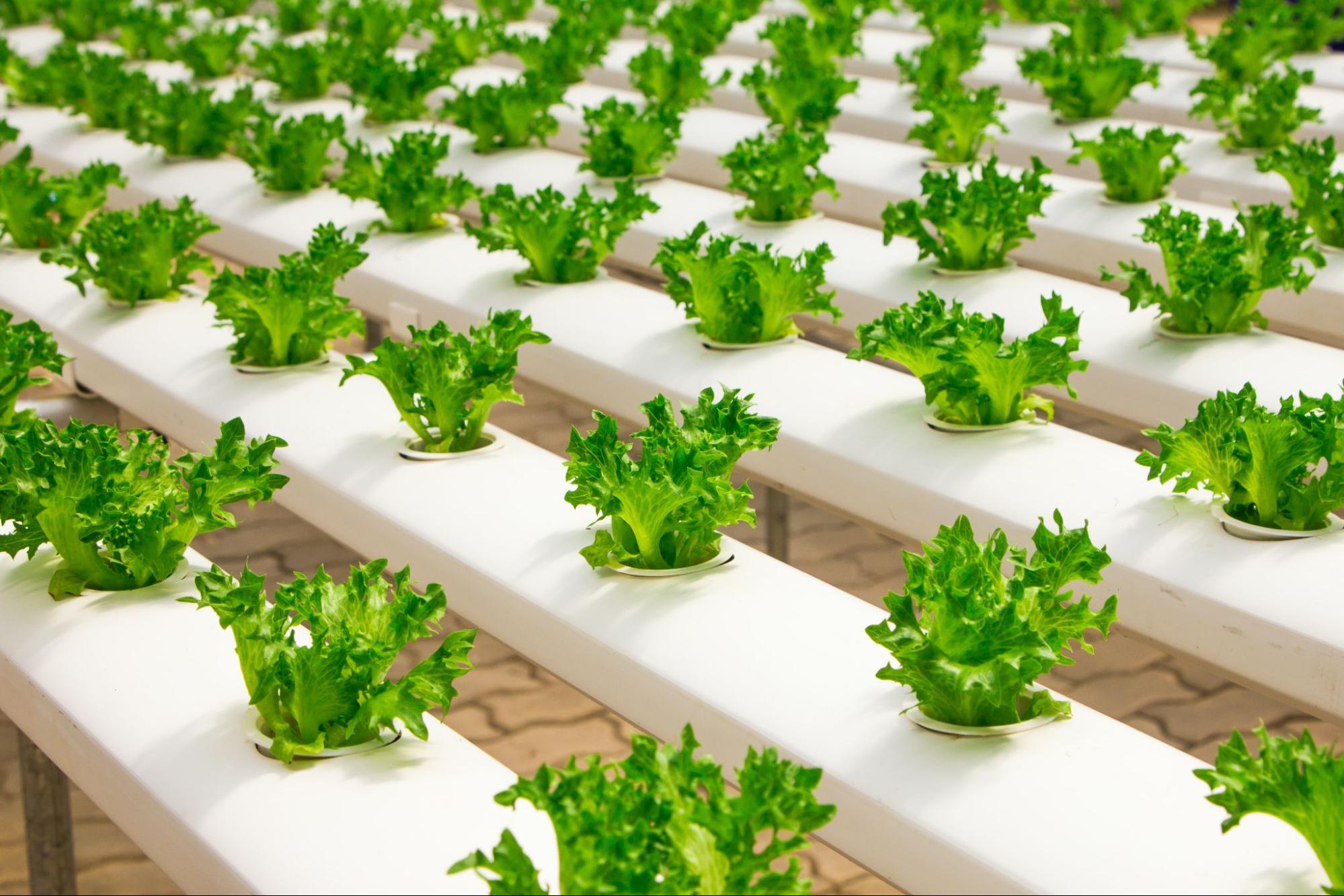As a grower, you can choose from many different formulations of growing media, each with its own benefits. Understanding the composition, functions, and intended use can help in finding the best option for your needs. The ideal medium should provide the right physical and chemical properties necessary for plant growth, such as water and nutrient holding, as well as proper ventilation.
Growing media are usually classified into three main categories: soil, soilless and hydroponics. Here’s what you need to know about each.
Soil-based growing media
Soil is a composition of sand, clay, and silt that contains mineral and organic material. Climate, landscape, and local vegetation are key factors in determining soil type. Soils differ in their color, texture and chemical properties, with the amount of each particle determining the soil’s characteristics.
Advantages of soil:
- Contains beneficial microorganisms for crops
- Contains basic nutrients that contribute to plant health and development
- Enables good nutrient availability
- Cost-efficient
- Enables control over ventilation and water retention and adapts to different crops
Disadvantages of soil:
- May contain undesirable pathogens, weed seeds or harmful organisms
- Includes a wide range of organic and inorganic substances that may have a negative effect on growth
- More complicated to transport, compared to other growth media
- Variability in density and weight can impact drainage and aeration
- High variability makes it hard to maintain consistent quality in different growing areas, seasons and years
- Requires disinfection to reduce pathogens and weed seeds
Soilless growing media
Soilless growing media contain a variety of soilless ingredients such as peat moss, vermiculite, perlite, coconut coir, composted bark, and other composted materials. Most commercial greenhouse media for container crop production contain peat moss alone or in combination with composted pine bark. Other materials such as vermiculite and perlite are added to affect water retention and aeration.
Advantages of soilless:
- Growing media is porous and well drained which allows optimal root development
- Retentive and meets watering needs between irrigations
- Homogeneous composition allows for the use of standardized fertilization and irrigation programs
- Free from harmful soil pests, pathogenic organisms, soil insects, nematodes, and weed seeds
- Biologically and chemically stable following pasteurization
Disadvantages of soilless:
- Relatively low insoluble salts
- Can become hydrophobic once completely dry
- Being porous and well-drained means it can’t hold water for long and needs to be watered frequently
- Nutrients are exhausted and the media needs to be replaced at short intervals
Hydroponic growing media
Hydroponic systems allow growers worldwide to cultivate a broad range of crops, while optimizing yields and resource use. These systems require a consistent flow of water to keep plants hydrated and spreading nutrients throughout the system. It is important to continuously monitor the water running through the system, adjusting its pH, EC, and nutrient concentrations according to crop needs.
Advantages of hydroponic:
- Crops can be grown where local soil is unsuitable
- Cultural labor such as tilling, fumigation, watering, and other traditional practices are unnecessary
- Allows creation of favorable conditions to maximize yields, making it economically feasible in high-density and expensive land areas
- Water conservation and nutrients are built-in features of hydroponic systems to prevent water loss and nutrient leaching
- Some soilborne diseases are more readily eradicated in closed, soilless systems
- Allows control over environmental conditions such as pH, EC, and nutrient feeding
Disadvantages of hydroponic:
- High construction cost per acre
- Requires trained personnel that are familiar with hydroponic growing operations
- Diseases and pests that can survive the hydroponic environment may spread quickly to all plants sharing the same reservoir
- Most plant varieties will require adaptation to a hydroponic growing environment
- Plant reaction to poor nutrition or water is rapid, leaving little room for error
As a grower you need to choose the growing media that best suits your crops, the environmental conditions in your greenhouse, costs, labor needs, and knowledge requirements. Make sure to carefully weigh the various factors listed above to ensure the success of your crops.


